Sustainable beauty is transforming the way we approach our daily beauty routines, offering a path to preserve our planet while indulging in self-care.
The beauty industry, unfortunately, contributes significantly to environmental degradation, with countless products packaged in non-recyclable materials and formulated with harmful chemicals.
However, a shift towards eco-friendly options is gaining momentum, as more individuals recognize the importance of sustainable beauty.
In this blog, we will delve into practical tips and strategies to integrate sustainable beauty practices into your routine, ensuring you contribute positively to the environment while looking and feeling your best.
Defining Sustainable Beauty
Sustainable beauty represents a conscious choice in personal care, focusing on products and practices that safeguard our planet and its inhabitants.
This approach involves a careful selection of products, ensuring they contain natural ingredients, come in eco-friendly packaging, and are the result of ethical production methods.
By choosing sustainable beauty, you actively contribute to reducing the environmental impact of your beauty routine, while also ensuring the well-being and fair treatment of communities involved in the production process.
Sustainable beauty stands as a testament to the power of conscious consumerism, proving that personal care and environmental stewardship can go hand in hand.
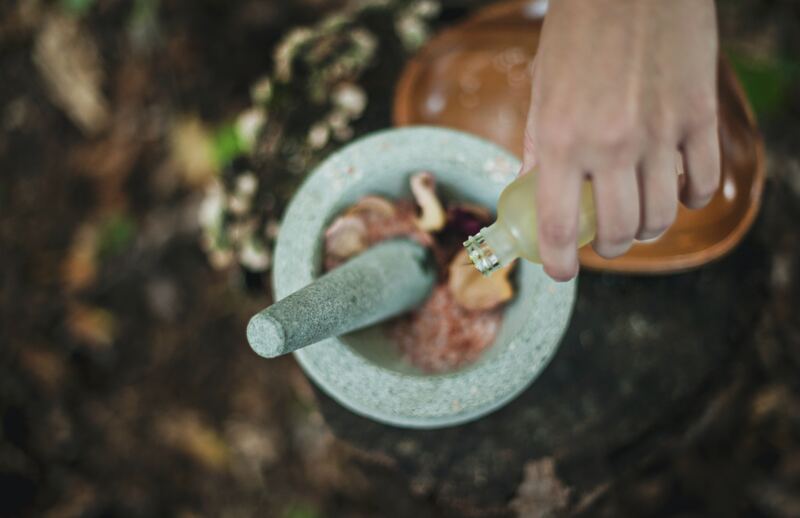
Key Components of Sustainable Beauty
- Natural Ingredients: Sustainable beauty products prioritize the use of natural and organic ingredients, steering clear of harmful chemicals and synthetic additives. This not only benefits the environment but also ensures that the products are gentler and safer for the user.
- Eco-Friendly Packaging: The packaging of sustainable beauty products is another critical aspect. Brands committed to sustainable beauty often opt for recyclable, biodegradable, or reusable packaging, significantly reducing plastic waste and the carbon footprint associated with product packaging.
- Ethical Production: Sustainable beauty also encompasses the ethical dimension of product manufacturing. This includes fair labor practices, cruelty-free testing, and sourcing ingredients responsibly and sustainably.
The Benefits of Choosing Sustainable Beauty Products
Embracing sustainable beauty products brings forth a multitude of advantages, spanning environmental, personal, and social domains.
Environmentally, these products play a pivotal role in reducing pollution and conserving natural resources. They often have a smaller carbon footprint and contribute less to landfill waste, thanks to biodegradable ingredients and recyclable packaging.
For individuals, sustainable beauty products offer a healthier alternative, minimizing exposure to potentially harmful chemicals found in conventional beauty products. This can lead to better skin health and overall well-being.
Enhancing Personal Health
- Reduced Exposure to Harmful Chemicals: Many conventional beauty products contain ingredients that can be harmful to both the environment and the user. Sustainable beauty products, on the other hand, typically feature natural ingredients, reducing the risk of exposure to harmful substances.
- Gentler on the Skin: Natural ingredients are often gentler on the skin, making sustainable beauty products a suitable choice for individuals with sensitive skin or those looking to avoid harsh chemicals.
Contributing to Social and Ethical Well-being
- Supporting Fair Labor Practices: Sustainable beauty brands often go the extra mile to ensure fair working conditions and equitable pay for workers, particularly those in developing countries.
- Promoting Responsible Sourcing: These brands also prioritize the responsible sourcing of ingredients, ensuring that they do not contribute to environmental degradation or exploit local communities.
Assessing Your Current Beauty Routine
The Environmental Footprint of Common Beauty Products
Traditional beauty products often contribute to environmental degradation, with ingredients and packaging that pose significant threats to ecosystems.
Microbeads, found in exfoliating products, pollute water bodies and harm aquatic life. The beauty industry also heavily relies on plastic packaging, contributing to the overwhelming plastic waste in landfills and oceans.
Sustainable beauty seeks to minimize these impacts, advocating for biodegradable ingredients and eco-friendly packaging.
Assessing the environmental footprint of your beauty products is a vital step towards adopting sustainable beauty practices.
The Role of Microbeads in Water Pollution
Microbeads, tiny plastic particles, are prevalent in many exfoliating products. Once they wash down the drain, they enter water systems, contributing to water pollution.
Fish and other aquatic life often mistake these particles for food, leading to harmful ingestion.
Sustainable beauty products opt for natural exfoliants, such as sugar or coffee grounds, to prevent this form of pollution.
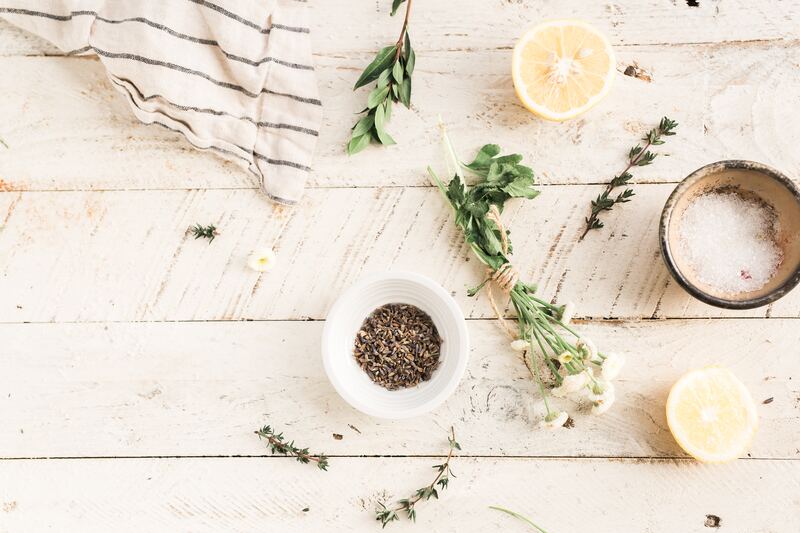
The Impact of Plastic Packaging
The beauty industry is notorious for its extensive use of plastic packaging, much of which is not recyclable.
This reliance contributes to the growing problem of plastic waste, with millions of beauty product containers ending up in landfills each year.
Sustainable beauty encourages the use of recyclable or biodegradable packaging, significantly reducing the industry’s environmental impact.
How to Conduct a Beauty Product Audit
Conducting a beauty product audit involves a thorough examination of your beauty products, assessing their ingredients, packaging, and production practices.
Start by reading product labels, identifying and avoiding harmful ingredients such as parabens, sulfates, and synthetic fragrances.
Opt for products packaged in recyclable or biodegradable materials, and support brands that practice ethical sourcing and production.
Certifications such as USDA Organic, Fair Trade, or Cruelty-Free serve as indicators of a brand’s commitment to sustainable beauty.
By conducting a beauty product audit, you take an active role in aligning your beauty routine with sustainable beauty values.
Identifying Harmful Ingredients
Many beauty products contain ingredients that are harmful to both the environment and human health. Parabens, used as preservatives, can disrupt hormonal balance, while sulfates, common in cleansers, can cause skin irritation.
Synthetic fragrances, often derived from petroleum, contribute to air pollution. Sustainable beauty products prioritize natural and safe ingredients, ensuring a healthier beauty routine.
Choosing Eco-Friendly Packaging
Packaging plays a significant role in the environmental impact of beauty products. Opt for products with minimal packaging, or packaging made from recycled or biodegradable materials.
Some sustainable beauty brands also offer refill options, reducing the need for additional packaging. By choosing eco-friendly packaging, you contribute to the reduction of waste and support the principles of sustainable beauty.
Finding Sustainable Beauty Brands
Criteria for Choosing Sustainable Brands
Choosing sustainable beauty brands requires a discerning eye and a commitment to ethical consumption.
Transparency stands as a crucial factor; brands that openly share their sourcing, production processes, and ingredient lists demonstrate a genuine commitment to sustainable beauty.
Ethical sourcing ensures that the ingredients in your beauty products come from responsible suppliers, respecting both the environment and the communities involved in production.
Certifications such as Fair Trade or Cruelty-Free serve as tangible proof of a brand’s dedication to sustainable and ethical practices. These certifications guarantee that the products meet stringent standards, ensuring they align with the principles of sustainable beauty.
When evaluating a brand, also consider its carbon footprint and efforts to minimize waste, as these factors contribute significantly to its overall impact on the planet.
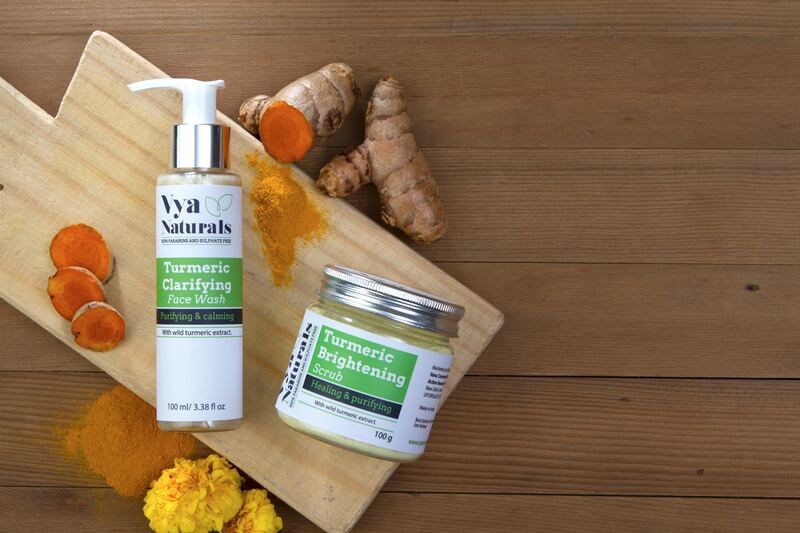
Recommended Sustainable Beauty Brands
The market boasts a plethora of brands that uphold the values of sustainable beauty, offering products that cater to a diverse array of needs and preferences.
Aveda stands out for its holistic approach, incorporating sustainability into every aspect of its business, from ingredient sourcing to packaging.
Burt’s Bees champions natural ingredients and responsible packaging, ensuring its products are both eco-friendly and effective.
RMS Beauty, renowned for its commitment to purity and quality, offers a range of products formulated with raw, food-grade organic ingredients.
These brands, among others, not only provide high-quality beauty products but also demonstrate that luxury and sustainability can coexist.
By supporting these brands, consumers play a direct role in promoting sustainable beauty, contributing to a market that values both the well-being of the planet and its inhabitants.
Aveda: A Holistic Approach to Beauty
Aveda sets itself apart with a comprehensive approach to sustainable beauty, integrating eco-friendly practices into every facet of its business.
From using wind power in its manufacturing processes to incorporating recycled materials in its packaging, Aveda exemplifies commitment to sustainability.
Burt’s Bees: Natural Ingredients, Responsible Packaging
Burt’s Bees has long been a champion of natural ingredients and minimal, responsible packaging.
The brand prioritizes the use of renewable resources and ensures that over half of its products are 100% natural, aligning with the core tenets of sustainable beauty.
RMS Beauty: Purity and Quality in Harmony
RMS Beauty stands out for its unwavering commitment to purity and quality.
Formulating products with raw, food-grade organic ingredients, the brand ensures that its offerings are not only safe and effective but also adhere to the highest standards of sustainable beauty.
Sustainable Beauty on a Budget
Embracing sustainable beauty doesn’t mean you have to break the bank. There are numerous ways to incorporate eco-friendly practices into your beauty routine without compromising your budget.
From selecting affordable brands to extending the life of your products, sustainable beauty is accessible to everyone.
Tips for Affordable Eco-Friendly Beauty
Sustainable beauty thrives when you make conscious choices that align with eco-friendly practices. Start by researching and supporting budget-friendly brands that are committed to sustainability.
Many brands now offer products that are both economical and environmentally friendly. Look for products with minimal packaging, or packaging made from recycled materials, as this significantly reduces waste.
Utilize Discounts and Promotions
Keep an eye out for sales, discounts, and promotions from sustainable beauty brands. Many brands offer discounts to first-time buyers or provide loyalty programs for regular customers.
Taking advantage of these offers can make sustainable beauty products as affordable as their non-sustainable counterparts.
Buy in Bulk
Consider purchasing products in larger sizes or in bulk. This not only saves money in the long run but also reduces the amount of packaging waste. Many sustainable beauty brands offer larger sizes or refill options, making it easier to stock up on your favorite products while staying true to your eco-friendly values.
Maximizing the Lifespan of Beauty Products
Making your beauty products last longer is a key aspect of sustainable beauty. Proper storage and mindful usage play crucial roles in extending the lifespan of your products, ensuring you get the most out of every purchase.
Store Products Correctly
Ensure you store your beauty products in cool, dry places away from direct sunlight. Exposure to extreme temperatures or sunlight can degrade the quality of the product, leading to faster spoilage.
Additionally, make sure to tightly close all product containers after use to prevent air exposure, which can also diminish product quality.
Use Products Sparingly
Adopt a mindful approach to your beauty routine by using products sparingly. Often, a small amount of product is sufficient, and overuse not only leads to wastage but also means you have to repurchase products more frequently.
Embrace the mantra of “less is more” to make your products last longer and uphold the principles of sustainable beauty.
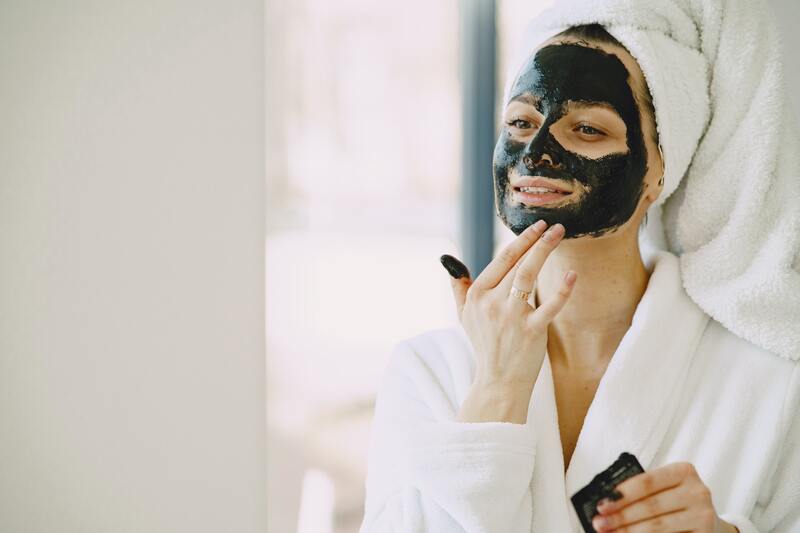
DIY Beauty: Creating Your Own Sustainable Products
Benefits of DIY Beauty Products
Creating your own beauty products not only ensures control over ingredients but also actively promotes sustainable beauty. By crafting your own formulations, you directly reduce waste associated with packaging and transportation.
Moreover, you can guarantee the purity of the ingredients, ensuring they align with sustainable beauty standards.
This hands-on approach to beauty not only saves money but also fosters a deeper connection to your beauty routine, making each application a testament to your commitment to sustainable beauty.
Current Trends in DIY Sustainable Beauty
The beauty world is witnessing a surge in DIY trends that champion sustainable beauty. Here are some of the most notable trends:
Emphasis on Natural Ingredients
People are increasingly turning to natural ingredients like honey, coconut oil, and aloe vera for their beauty needs. These ingredients, often found in our kitchens, are not only effective but also environmentally friendly, making them perfect for sustainable beauty.
Reducing Carbon Footprint
One of the driving forces behind the DIY sustainable beauty trend is the desire to reduce one’s carbon footprint. By making products at home, individuals eliminate the environmental impact associated with transportation and commercial production.
Personalization
With DIY beauty, there’s an opportunity to tailor products to individual needs. Whether it’s a face mask for sensitive skin or a hair treatment for dry locks, DIY allows for customization, ensuring products meet specific requirements.
Minimizing Waste
Packaging waste is a significant concern in the beauty industry. DIY beauty enthusiasts often use reusable containers, significantly reducing the waste associated with single-use plastic packaging.
Simple DIY Beauty Recipes
Embracing sustainable beauty is easier than ever with a plethora of DIY recipes available. Here are a couple of recipes that highlight the essence of sustainable beauty:
Honey and Coconut Oil Face Mask
A simple yet effective face mask involves mixing honey, known for its moisturizing properties, with coconut oil, which offers hydration and anti-inflammatory benefits. This mask is perfect for dry and sensitive skin.
Aloe Vera Hair Treatment
Aloe vera, renowned for its soothing properties, can be used as a hair treatment to combat frizz and dryness. Simply extract the gel from an aloe vera leaf and apply it to your hair. Leave it on for 30 minutes before washing it off for silky, hydrated locks.

Conclusion
Sustainable beauty stands out as a crucial transformation in our daily lives, demanding a shift from conventional practices to more eco-conscious choices.
This change goes beyond mere trends, embedding itself as a fundamental aspect of responsible living.
By adopting sustainable beauty practices, we play an active role in safeguarding our planet and ensuring a prosperous future for all.
Embracing sustainable beauty transcends occasional choices; it becomes a lifestyle. This commitment reflects in every aspect of our beauty routine, from the products we select to the way we use and dispose of them.
Sustainable beauty is not a one-time act but a continuous journey of making conscious choices that align with our values and the well-being of the planet.
When we choose sustainable beauty, we join a community of like-minded individuals committed to making a difference. This collective effort amplifies the impact of our actions, driving change within the beauty industry and beyond.
Brands respond to consumer demand, and as we advocate for sustainable beauty, we influence the market, encouraging the development of more eco-friendly products and practices.
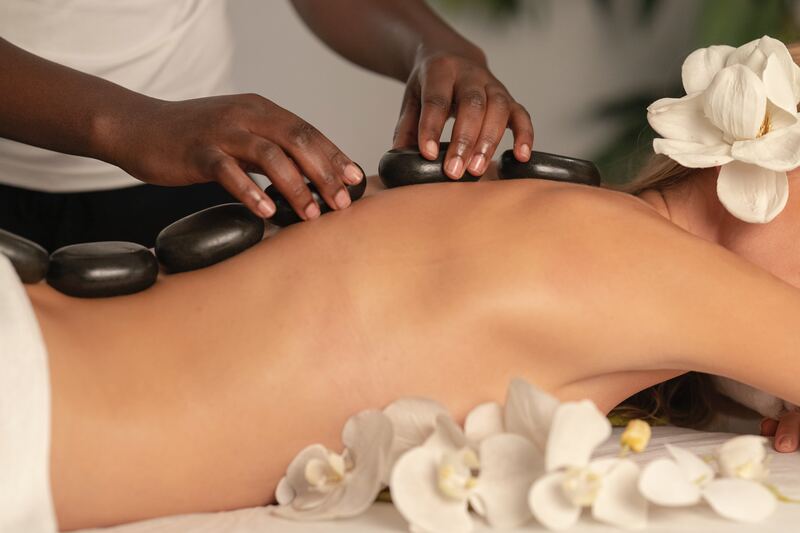
Leave a Reply